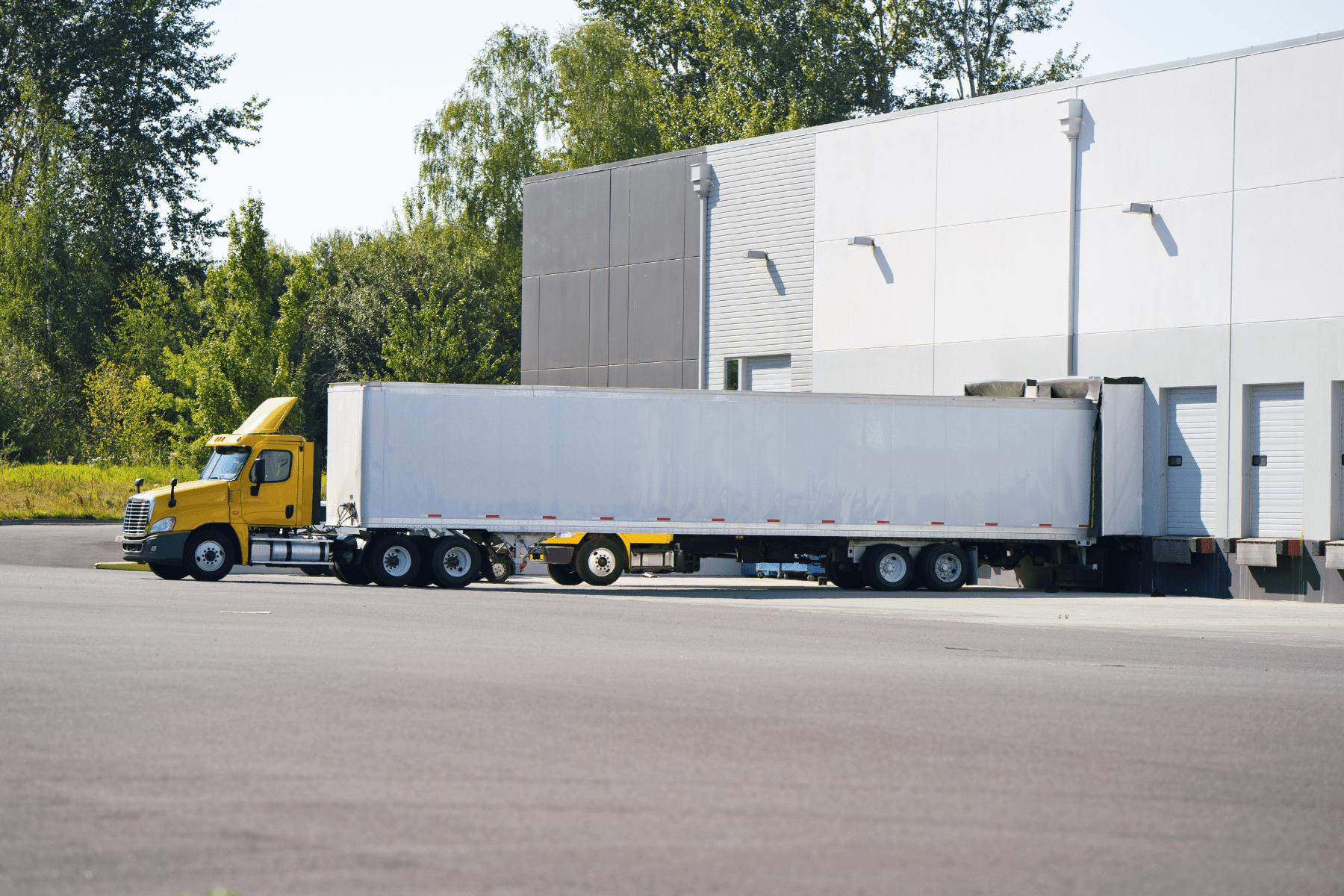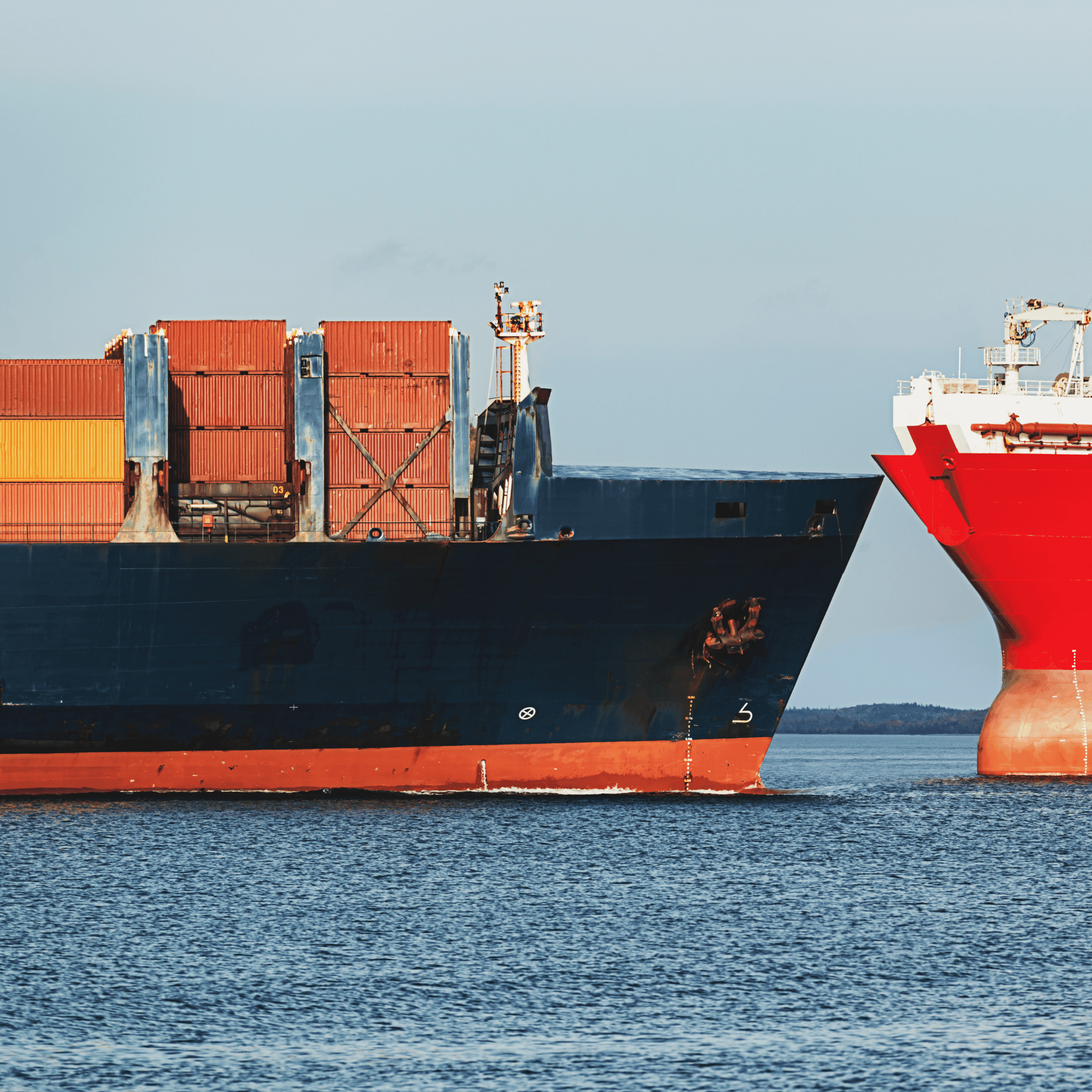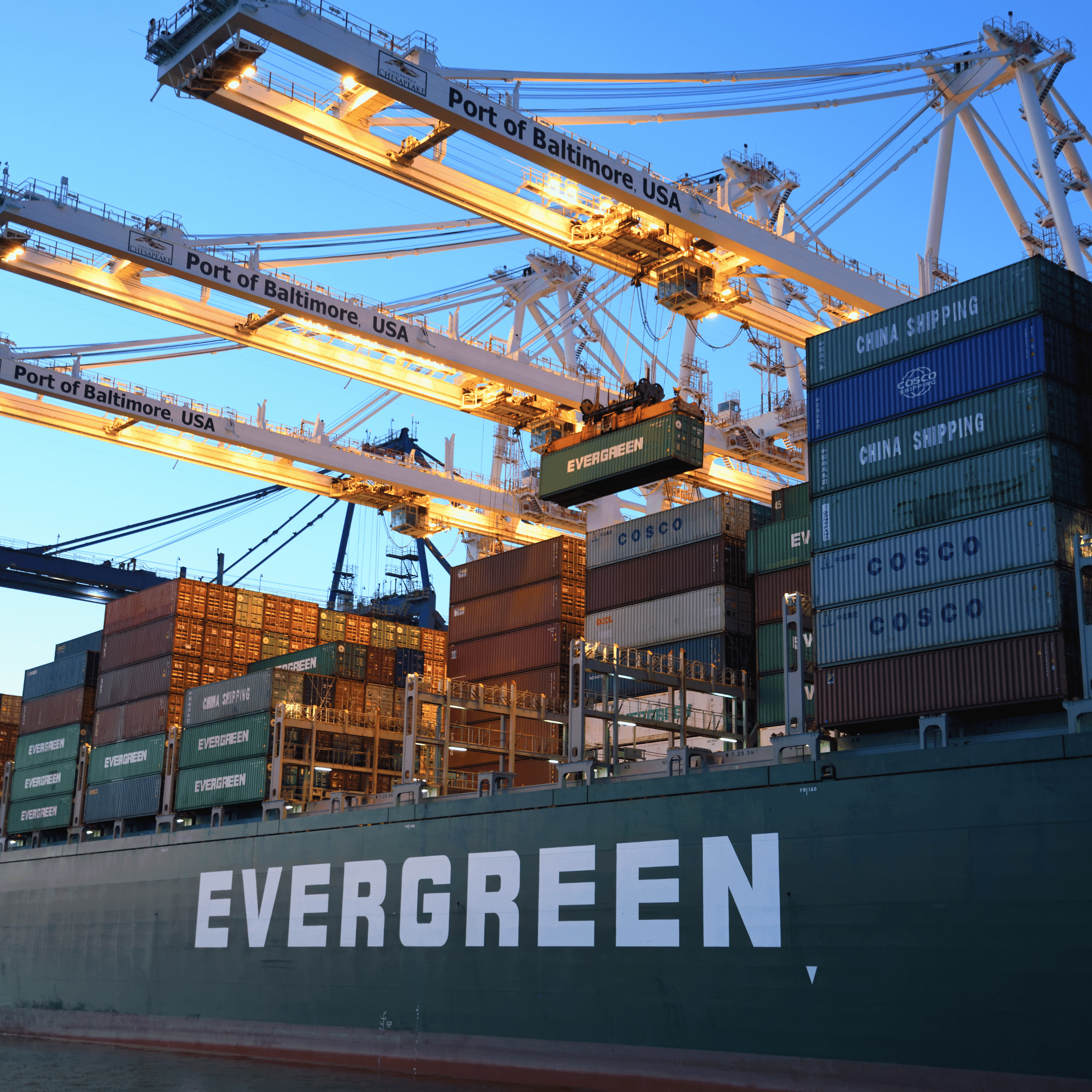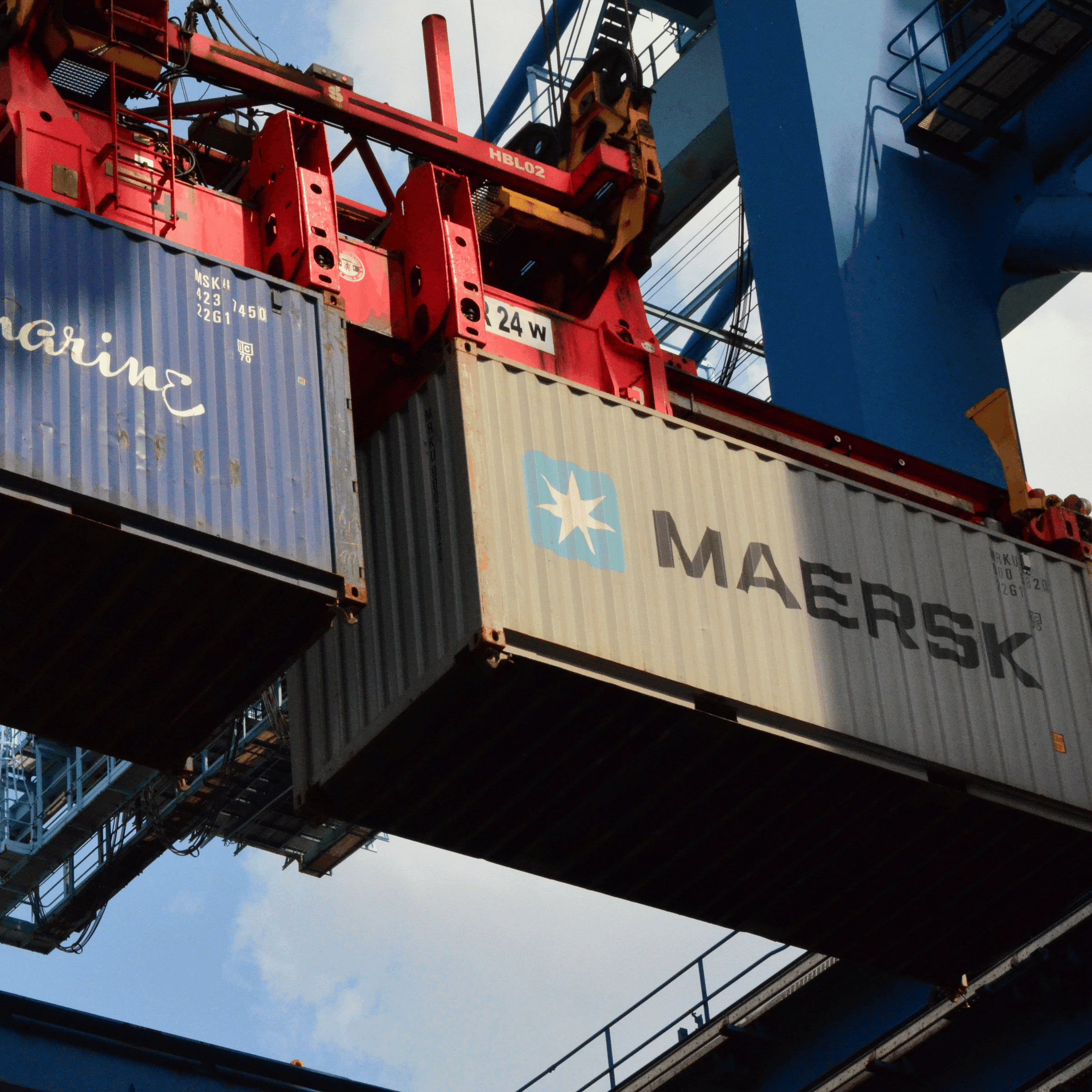In the complex world of logistics, the speed and efficiency of transporting goods from one place to another are paramount. One strategy that many logistics providers use to enhance these factors is cross-docking. This article delves deeply into the concept of cross-docking, explaining what it is, how it works, and why it is implemented in logistics operations.
What is Cross-Docking?
Cross-docking is a logistics strategy where products from a supplier or manufacturer are distributed directly to a customer or retail chain with marginal to no handling or storage time. It eliminates the storage and labor time that a traditional warehousing model would require, thereby increasing efficiency and reducing costs.
How Cross-Docking Works
Below is a detailed look at how cross-docking generally operates:
Inbound Transportation
Suppliers send products to a cross-docking terminal on a transportation vehicle.
Receiving Dock
Products are unloaded from inbound transportation vehicles at the receiving dock of the cross-docking terminal.
Sorting and Processing
Products are sorted and possibly re-packaged or combined with other products.
Outbound Transportation
Sorted products are moved to the outbound dock and loaded onto outbound transportation vehicles for immediate shipment to customers or retailers.
Key Considerations
Timing: Successful cross-docking requires precise timing, as products must arrive and depart promptly to avoid storage fees and maintain efficiency.
Suitable Products: Not all products are suitable for cross-docking. Perishable goods, high-demand products, or products that require minimal handling are ideal candidates.
Technology: Effective tracking and management systems are crucial for managing the real-time data and coordination required for successful cross-docking.
Vendor Collaboration: Strong collaboration with vendors is essential to ensure the smooth flow of goods and information.
Why Implement Cross-Docking?
The reasons organizations choose to implement cross-docking in their logistics operations are varied and significant:
Reduction in Storage Costs
By minimizing or eliminating the need for warehouse storage, organizations can significantly cut down on storage costs.
Increased Efficiency
Streamlining the transfer of products from suppliers to customers reduces handling time and enhances efficiency.
Faster Delivery Times
Without the need for storage and with minimized handling, products reach the customers more rapidly, improving customer satisfaction.
Reduction in Labor Costs
Reduced handling equates to less need for labor in the logistics process, thereby lowering labor costs.
Enhanced Customer Satisfaction
Faster delivery times and reduced costs can lead to improved customer satisfaction and loyalty.
Challenges and Considerations
Despite its numerous benefits, cross-docking is not without its challenges. It requires a significant investment in technology and systems to track and manage the logistics process effectively. The need for precise coordination and timing is crucial, and not all products are suitable for this type of logistics strategy. It’s essential for organizations to assess their specific needs, capabilities, and the nature of their products before implementing a cross-docking system.
Conclusion
In conclusion, cross-docking can be a highly effective logistics strategy for the right type of products and organizations. It minimizes storage and handling costs, enhances efficiency, and can lead to faster delivery times and increased customer satisfaction. Understanding its workings, benefits, and challenges is essential for organizations considering its implementation, ensuring that they are well-prepared to reap the rewards of this advanced logistics strategy.






